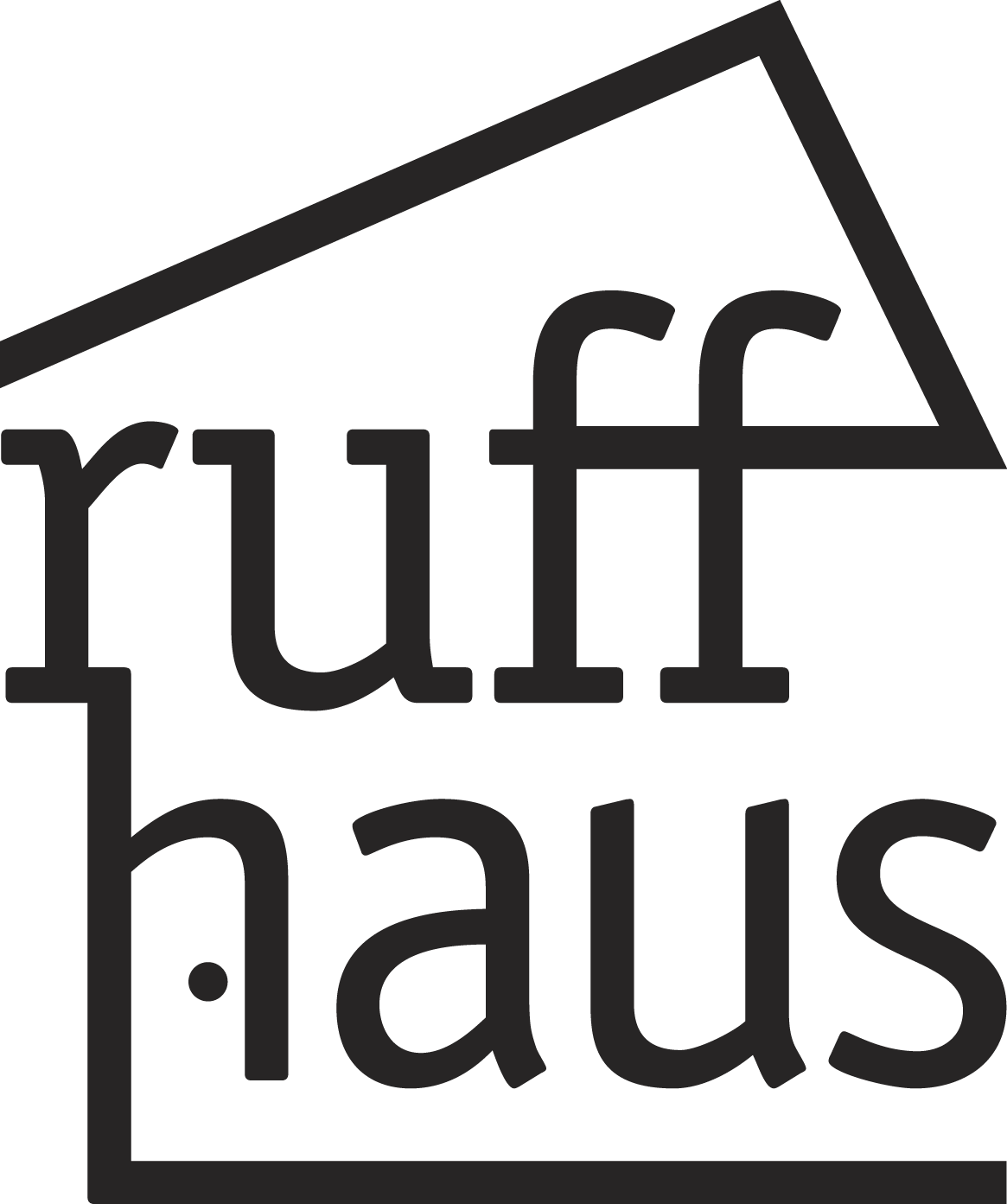The name of a product, service, or company can have a huge impact on potential customers’ perceptions. Coming up with a good name is not a simple process. It requires creativity so that the name correctly reflects your vision of the brand. It also involves legal issues, such as avoiding trademark violations, and linguistic issues, such as unfortunate foreign language or slang interpretations of your chosen name. Here are eight important things to consider when coming up with a name for a brand.
1. Do you want the name to be descriptive?
A descriptive name has the advantage of directly communicating what your business does: Toys R Us or Pizza Hut, for example. But if your business evolves, then the name may no longer accurately reflect what you do. It can also be hard to come up with a distinct name, since your competitors are likely to be drawing on the same small pool of words to describe their brands. By contrast, consider companies like Amazon or Target, which are free to sell pretty much anything they wish, without concerns that their name no longer reflects their business.
2. Trademark issues
There are more than 2.5 million active trademarks in the United States, and over 13 million globally. Plus, there are more than 100 million URLs worldwide. This makes it very hard to find distinct and legally defensible descriptive brand names – another argument against them. For example, the manufacturers of “5 Hour Energy” were unsuccessful when they sued the makers of “6 Hour Power” largely because the court ruled that the names were descriptive and, as such, not defensible trademarks.
3. Watch your language
If you hope for success in overseas markets, have your proposed brand name checked for foreign-language connotations. Stories of unfortunately named products are legion. The Chevy Nova was not well received in the Latin American market, as the Spanish phrase “no va” means “it does not go.” Colgate introduced a toothpaste named Cue to the French market. Cue also happens to be slang for “butt” and is the name of a leading French porn magazine.
The rest of these tips have a goal in common: to make the name memorable and “user-friendly.” If your prospective customer can’t remember the name of your product, or pronounce it, or spell it, they are likely to avoid it.
4. Short
Shorter names generally have more impact and are more memorable. Short means one or two syllables, such as Gap, Sony, or Lexus.
5. Simple
Short names tend to be simple, but longer names can be simple and memorable, such as Banana Republic, Amazon, or Victoria’s Secret.
6. Suggestive
If you feel comfortable about the niche you are in and expect to remain in, you might want to look for a name that is suggestive of your product or market: Netflix (online movies), DieHard (automobile batteries) and Healthy Choice (prepared meals), for example.
7. Speakable
It is harder for customers to remember a name if they can’t pronounce it. At the very least, they have to make the effort to overcome the hurdle when speaking about it. So make sure your name is easy to pronounce. Ford, iPad, and Citibank are good examples. Not like Hoechst, for example, or Safeway supermarket’s Primo Taglio brand (which has resorted to packaging that tells customers, who presumably are not all conversant with Italian pronunciation, that it is supposed to be said “Pree-mo Tahl-yo”).
8. Spellable
If customers can’t spell your brand name, they will have a hard time finding you on the Internet or in the phone book. It’s easy to spell Starbucks or Best Buy, by contrast with the likes of Daewoo or Hyundai.
These days you may also want to take into consideration the company URL when selecting a name. Will the web address be the company name or a phrase associated with the brand, or maybe both? For example, the Voices for Children URL is “speakupnow.org” in addition to “voicesforchildren.org”. This combination illustrates an important point: in addition to the brand name, you may want to come up with a tagline and have a URL for both. If you do have a tagline, it should support the name. Be sure to do a URL availability search to make sure a suitable address is available for your chosen name and, optionally, your tagline.
Have a Pawsitively Tail Waggin' Good Day!
P.S. This information was provided by Ruff Haus Design - Your Loyal Marketing Companion. Established in 1997, we are a special breed of full service graphic design company that works with a premier pack of clients. We bring a fresh outlook and tail-wagging enthusiasm to your marketing program. Learn more about how we can help improve your brand management and support your marketing needs at www.ruffhaus.com.


